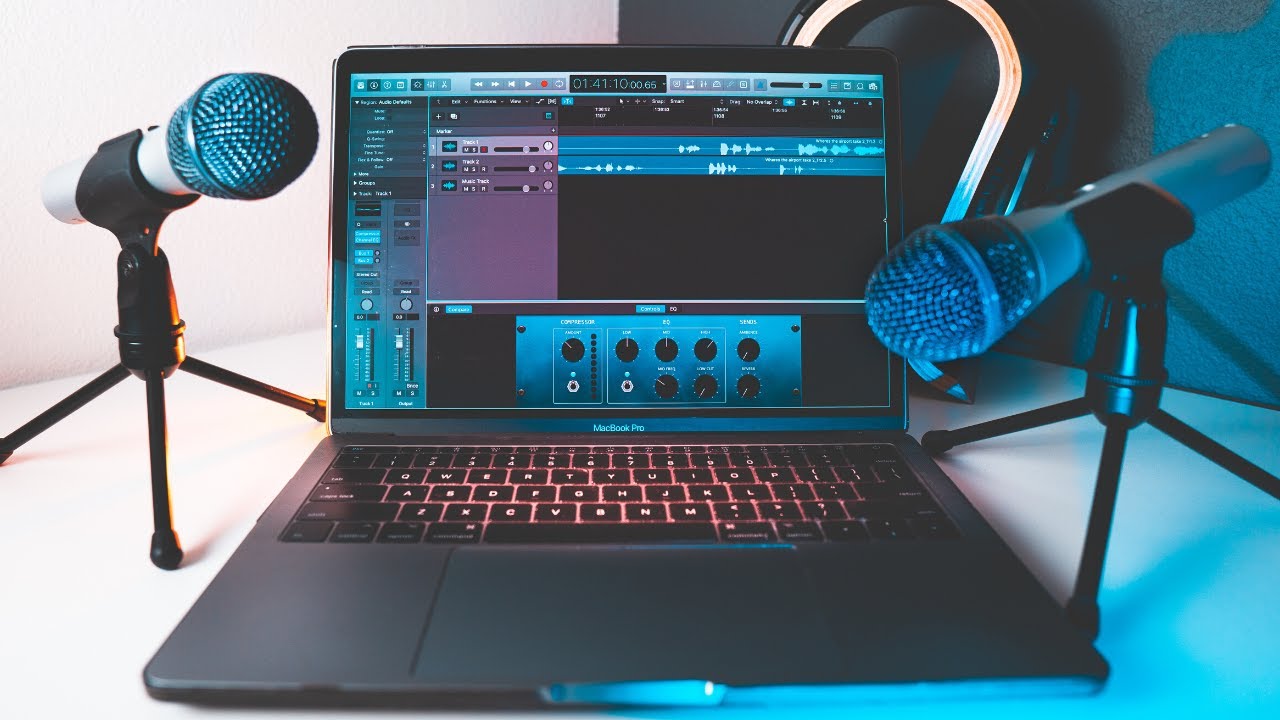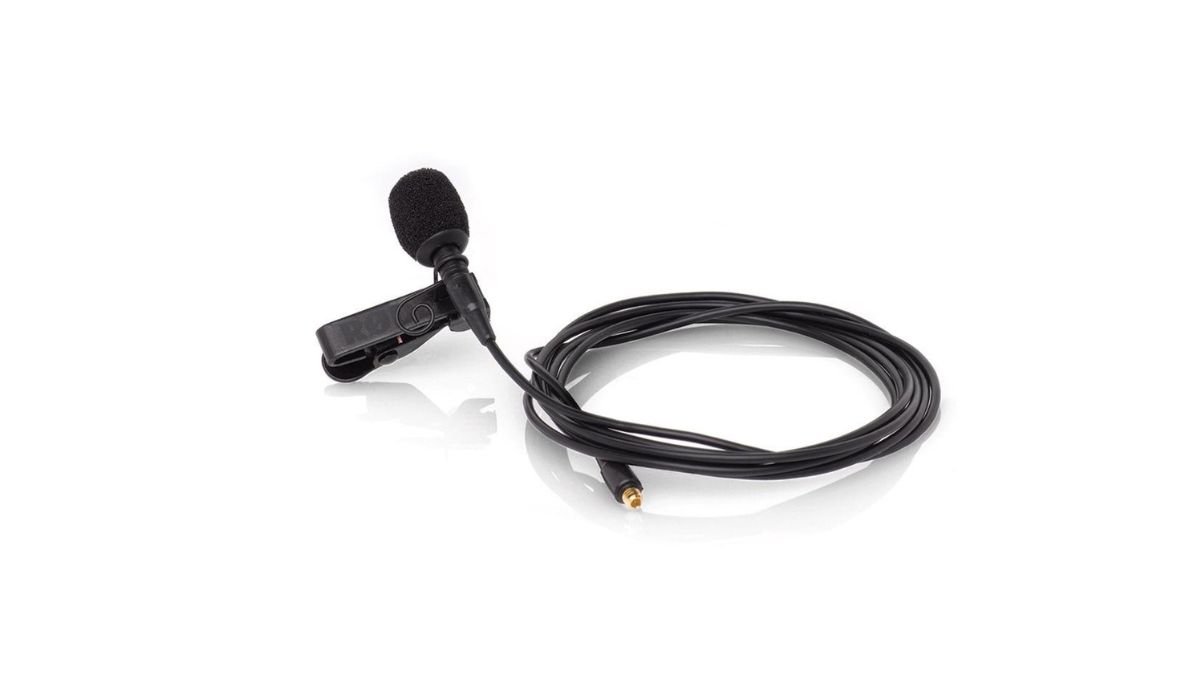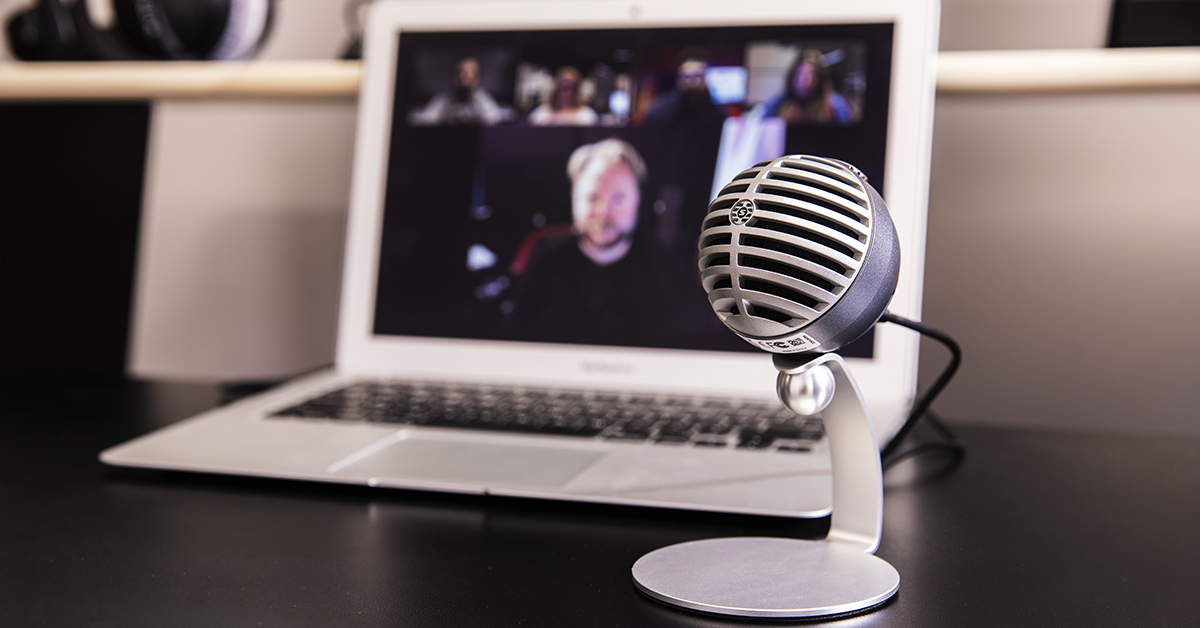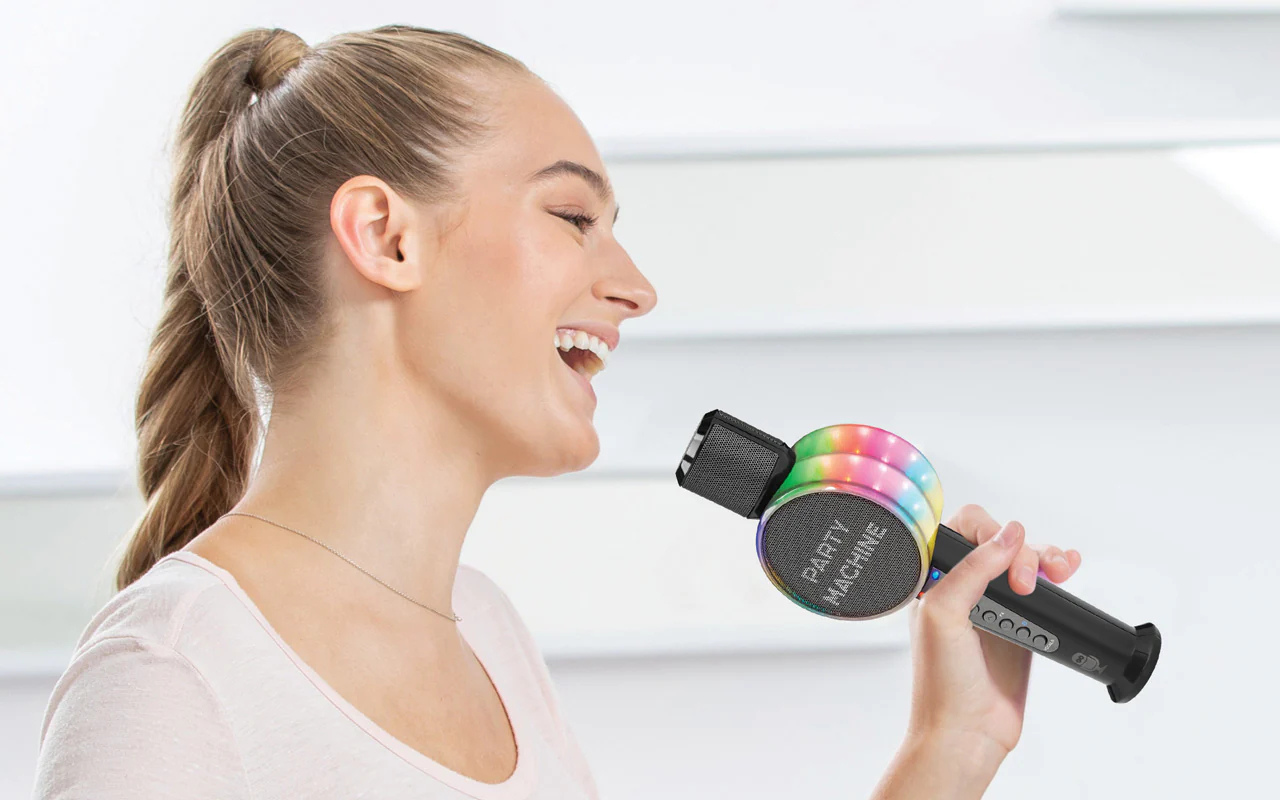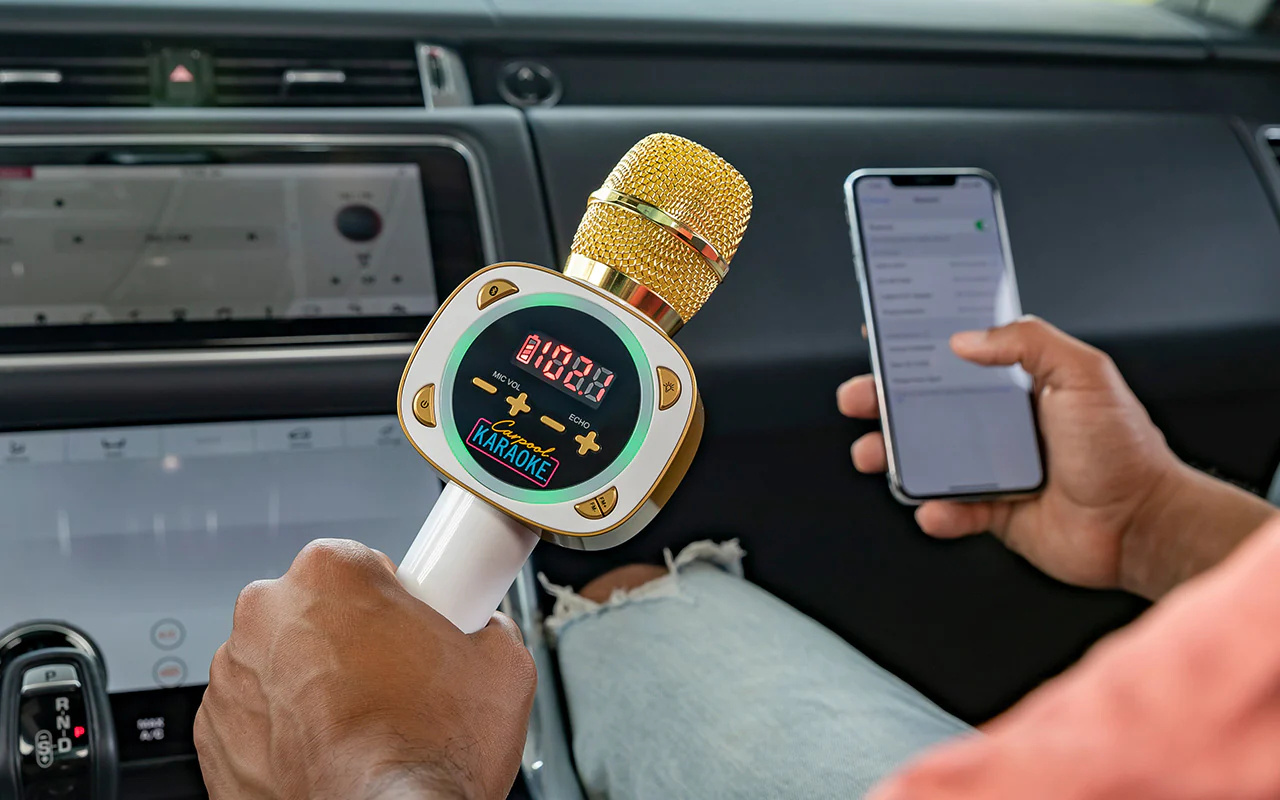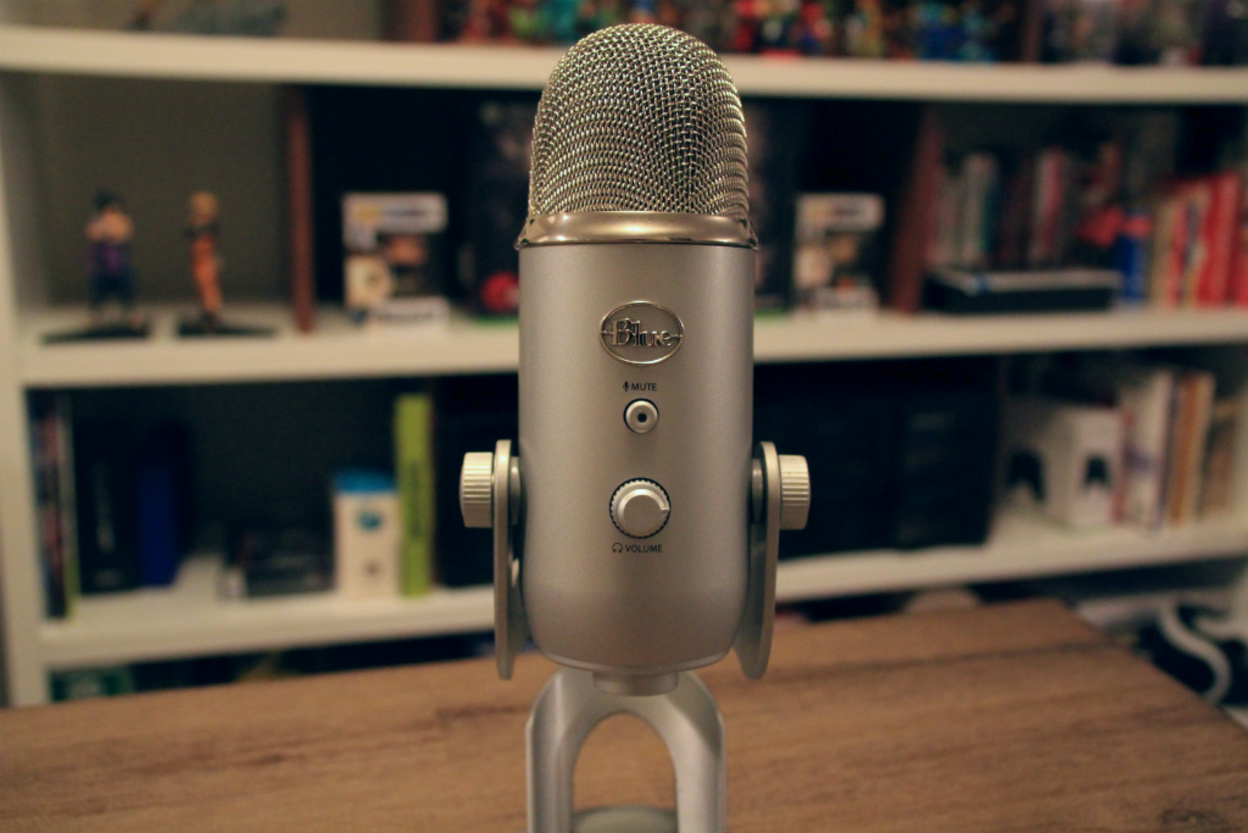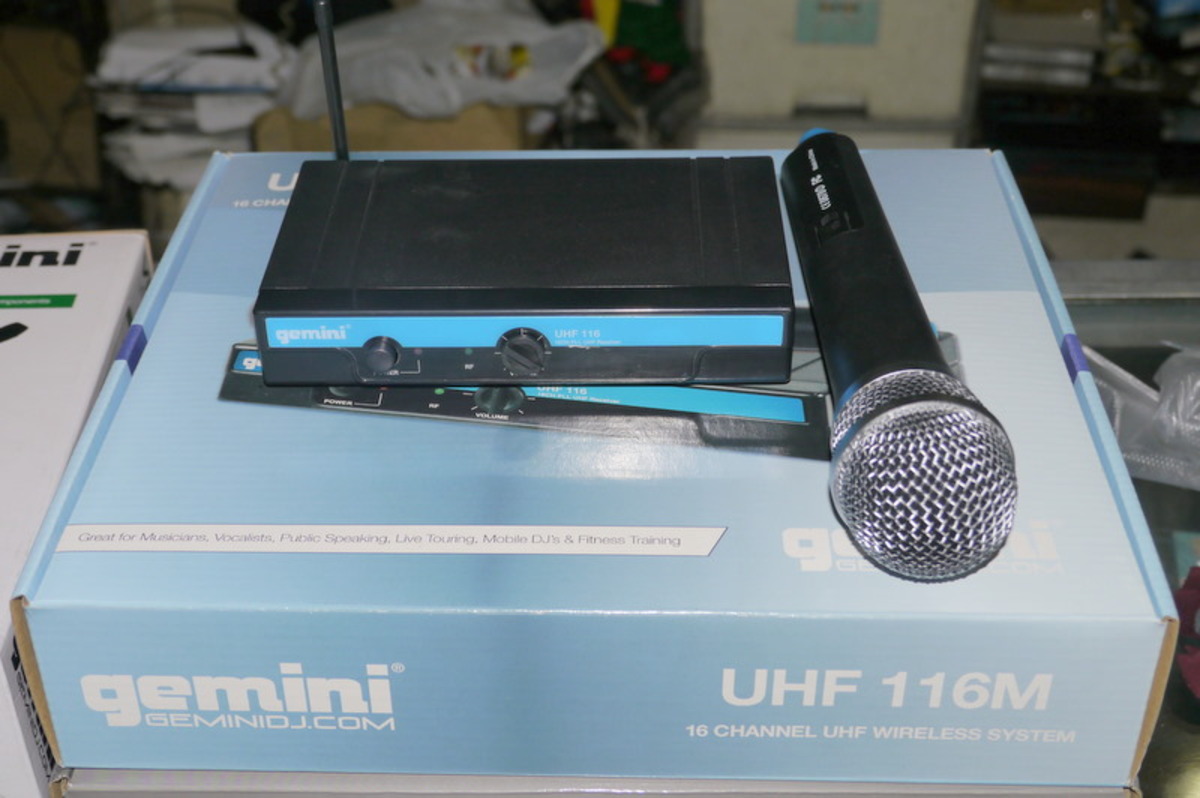Home>Devices & Equipment>Microphone>How To Use The Microphone On My Computer


Microphone
How To Use The Microphone On My Computer
Published: February 17, 2024
Learn how to use the microphone on your computer effectively with our step-by-step guide. Troubleshoot common issues and improve your audio quality.
(Many of the links in this article redirect to a specific reviewed product. Your purchase of these products through affiliate links helps to generate commission for AudioLover.com, at no extra cost. Learn more)
Table of Contents
Introduction
Using a microphone on your computer opens up a world of possibilities, from making voice calls to recording audio and participating in online meetings. Whether you're a professional voice artist, a podcaster, or simply want to communicate with friends and colleagues, understanding how to effectively utilize your computer's microphone is essential. In this comprehensive guide, we will explore the various aspects of using a microphone on your computer, including checking the settings, adjusting levels, testing the microphone, and troubleshooting common issues.
The microphone is an indispensable tool for anyone who needs to communicate, create content, or engage in voice-based activities. With the rise of remote work and virtual interactions, the importance of a reliable and well-configured microphone cannot be overstated. By learning how to optimize and troubleshoot your computer's microphone, you can ensure clear and high-quality audio transmission in any situation.
Throughout this guide, we will delve into the intricacies of microphone usage, providing practical tips and insights to help you make the most of this essential hardware component. Whether you're a novice user or a seasoned professional, there's always something new to discover about maximizing the performance of your computer's microphone.
So, let's embark on this journey to demystify the world of computer microphones, empowering you to harness the full potential of this fundamental tool for communication and content creation. Whether you're using a built-in microphone on your laptop or an external one connected to your desktop, the principles and techniques covered in this guide will be applicable to a wide range of setups. Let's dive in and unlock the power of your computer's microphone!
Checking the Microphone Settings
Before diving into using your computer’s microphone, it’s crucial to ensure that the settings are configured correctly. This step is essential for guaranteeing that the microphone is recognized and ready to capture your voice or other audio input. Here are the key steps to check and adjust the microphone settings on your computer:
- Accessing System Settings: Begin by accessing the system settings on your computer. Depending on your operating system, you can typically find the microphone settings in the “Sound” or “Audio” section of the system preferences.
- Microphone Selection: Once in the sound settings, locate the input devices or microphone section. Here, you should be able to see the available microphone options. If you have multiple microphones connected to your computer, ensure that the correct one is selected as the default input device.
- Volume and Sensitivity: Check the volume and sensitivity settings for the microphone. Adjust the input volume to an appropriate level, ensuring that it’s neither too low, resulting in inaudible recordings, nor too high, causing distortion or clipping.
- Enhancements and Effects: Some operating systems offer audio enhancements and effects for microphones. While these can potentially improve audio quality, they can also introduce unwanted artifacts. Review and customize these settings based on your preferences and requirements.
By carefully reviewing and adjusting the microphone settings, you can lay a solid foundation for optimal audio input and performance. This proactive approach minimizes the chances of encountering issues related to unrecognized or improperly configured microphones, setting the stage for seamless usage and high-quality audio capture.
Once you’ve confirmed that the microphone settings are properly configured, you’re ready to move on to the next crucial aspect of using your computer’s microphone: adjusting the microphone levels.
Adjusting Microphone Levels
After ensuring that the microphone settings are correctly configured, the next step is to adjust the microphone levels to achieve optimal audio input. Properly adjusting the microphone levels is essential for capturing clear and balanced audio without distortion or background noise. Here’s how you can effectively adjust the microphone levels on your computer:
- Accessing Input Levels: Navigate to the microphone settings or audio input section on your computer. Look for the input level or gain control associated with the selected microphone. This control allows you to adjust the sensitivity of the microphone.
- Testing Input Levels: Speak or produce the type of audio you intend to capture while monitoring the input level meter. Aim to set the input level such that it peaks in the optimal range without hitting the maximum limit, which can result in distortion.
- Minimizing Background Noise: Adjust the microphone levels to minimize the pickup of background noise while ensuring that your voice or intended audio source is captured clearly. This balance is crucial for achieving professional-quality recordings and clear communication during voice calls or online meetings.
- Utilizing System Tools: Some operating systems provide tools for adjusting microphone levels, such as input volume normalization and noise reduction. Explore these tools to further refine the microphone’s performance based on your specific requirements.
By methodically adjusting the microphone levels, you can tailor the audio input to suit your individual preferences and the demands of the intended application. Whether you’re recording a podcast, engaging in a video conference, or simply communicating with others, properly adjusted microphone levels are vital for delivering clear and intelligible audio.
With the microphone levels optimized, you are now prepared to put the microphone to the test, ensuring that it reliably captures your voice or audio input. The next section will guide you through the process of testing the microphone to confirm its functionality and performance.
Testing the Microphone
Once you have configured and adjusted the microphone settings and levels, it’s essential to conduct a thorough test to ensure that the microphone is functioning as expected. Testing the microphone allows you to verify its audio capture quality, assess its performance in different scenarios, and make any necessary adjustments before engaging in important voice-based activities. Here’s a systematic approach to testing your computer’s microphone:
- Recording Test: Use the built-in recording software on your computer or a third-party recording application to capture audio with the microphone. Speak into the microphone or produce the type of audio you intend to record. Playback the recording to evaluate the clarity, volume, and overall quality of the captured audio.
- Online Communication Test: If you frequently engage in voice calls or online meetings, consider testing the microphone in the context of these communication platforms. Initiate a test call or join a test meeting to gauge how the microphone performs in a real-time communication environment.
- Background Noise Evaluation: Test the microphone’s ability to suppress background noise and focus on capturing the primary audio source. Introduce various background noises while monitoring the microphone’s performance to ensure that it maintains clear audio capture in diverse acoustic environments.
- Hardware Compatibility: If you’re using an external microphone, ensure that it’s compatible with your computer and that the connection is stable. Test the microphone on different devices, if possible, to confirm its versatility and compatibility.
By conducting comprehensive tests, you can gain confidence in the microphone’s capabilities and identify any potential issues that require attention. Additionally, testing the microphone in varied scenarios provides valuable insights into its adaptability and performance across different usage contexts.
With the microphone successfully tested and confirmed to deliver high-quality audio capture, you’re well-equipped to harness its capabilities for a wide range of applications. However, in the event of encountering common issues or challenges related to microphone usage, it’s crucial to be prepared to troubleshoot and resolve them effectively. The next section will delve into common microphone issues and provide actionable troubleshooting guidance to help you overcome potential obstacles.
Troubleshooting Common Issues
While using a computer’s microphone, it’s not uncommon to encounter various issues that can impact its functionality and performance. By familiarizing yourself with common problems and their corresponding troubleshooting solutions, you can effectively address these issues and ensure uninterrupted use of your microphone. Here are some prevalent microphone issues and practical troubleshooting steps:
- Unrecognized Microphone: If your computer fails to recognize the connected microphone, begin by checking the physical connection. Ensure that the microphone is securely plugged into the appropriate port. If using an external microphone, try connecting it to different ports to rule out port-related issues.
- Low Volume or Inaudible Audio: If the microphone captures audio at a low volume or produces inaudible recordings, verify that the microphone levels are appropriately adjusted. Additionally, inspect the microphone’s physical condition for any obstructions or damage that may be affecting its performance.
- Background Noise and Distortion: To address issues related to excessive background noise or audio distortion, consider adjusting the microphone levels and positioning to minimize the pickup of unwanted sounds. Experiment with different microphone positions and orientations to find the optimal setup for clear audio capture.
- Driver and Software Updates: Ensure that the device drivers for the microphone are up to date. Check the manufacturer’s website for any available driver updates or software patches that can address compatibility issues or enhance the microphone’s performance.
- System Compatibility: If using a third-party or specialized microphone, verify its compatibility with your operating system. Some microphones may require specific drivers or software to function optimally, so it’s important to confirm compatibility and install any necessary components.
By systematically addressing common microphone issues through targeted troubleshooting, you can maintain a reliable and high-performing audio input solution for your computer. Regularly reviewing and applying these troubleshooting steps can help preempt potential issues and ensure a seamless experience when using your computer’s microphone.
With a comprehensive understanding of how to troubleshoot common microphone issues, you are well-prepared to navigate and resolve any challenges that may arise during the use of your computer’s microphone. By leveraging these troubleshooting strategies, you can optimize the functionality of your microphone and mitigate potential disruptions to your audio-related activities.
Conclusion
In conclusion, mastering the use of the microphone on your computer empowers you to communicate effectively, create high-quality audio content, and engage in seamless voice-based interactions. By following the comprehensive guide outlined in this article, you have gained valuable insights into the essential aspects of utilizing your computer’s microphone to its full potential.
From checking and adjusting the microphone settings to conducting thorough tests and troubleshooting common issues, you have acquired the knowledge and practical skills necessary to ensure that your microphone delivers clear, reliable, and professional-grade audio capture. By paying attention to the nuances of microphone usage and employing the recommended techniques, you can elevate the quality of your voice recordings, online meetings, and voice calls, fostering enhanced communication and content creation experiences.
Furthermore, the proactive approach to microphone management, including regular checks of settings, levels, and functionality, serves as a proactive measure to preempt potential issues and maintain consistent audio performance. This attentiveness contributes to a seamless and uninterrupted user experience, whether you’re engaging in professional voice work, virtual meetings, or casual voice-based interactions.
As technology continues to evolve, the role of the computer’s microphone in facilitating remote communication, content creation, and digital collaboration becomes increasingly significant. By leveraging the knowledge and best practices shared in this guide, you are well-positioned to adapt to evolving audio needs and leverage your computer’s microphone as a versatile and reliable tool for various applications.
In essence, the journey of harnessing the power of your computer’s microphone is an ongoing exploration, marked by continuous learning, adaptation, and optimization. By embracing this journey with a spirit of curiosity and a commitment to excellence, you can unlock the full potential of your computer’s microphone and enjoy the benefits of clear, professional-grade audio capture in all your voice-based endeavors.
So, as you embark on your next voice recording, online meeting, or voice call, carry forward the insights and techniques gained from this guide, and let your computer’s microphone be the conduit for clear, compelling, and impactful audio communication.

